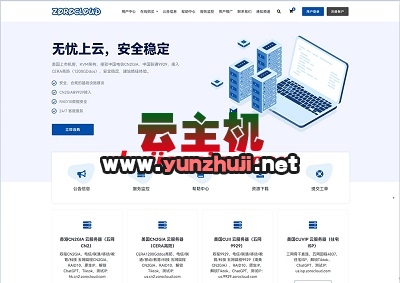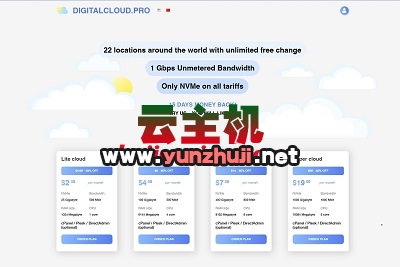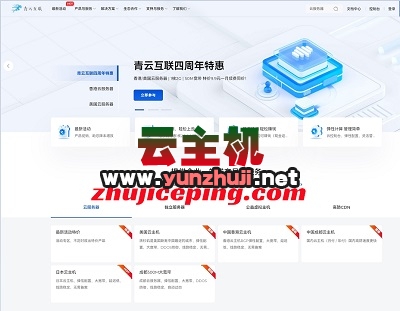一、引言
Android开发中,布局(Layout)是构建用户界面的基础,布局定义了应用中各个视图组件(如按钮、文本框等)的排列方式和位置,本文将详细介绍Android中的布局API,涵盖其基本原理、常用布局类型及具体实现方法。
二、布局
布局管理器
为了让UI组件在不同设备上都能良好运行,Android提供了多种布局管理器,这些管理器负责调整组件的大小和位置,主要布局管理器包括:
LinearLayout: 线性布局,按行或列排列组件。
RelativeLayout: 相对布局,根据相对位置排列组件。
ConstraintLayout: 约束布局,通过设置约束条件更灵活地排列组件。
FrameLayout: 帧布局,所有组件叠加在一起。
TableLayout: 表格布局,以行和列的形式排列组件。
GridLayout: 网格布局,按网格排列组件。
布局文件解析
每当调用Activity.setContentView(@LayoutRes int layoutResID)方法或通过LayoutInflater对象加载布局时,XML文件中定义的布局会被解析并实例化为对应的View对象,每个大写的XML节点对应一个View对象,这些对象在整个Activity或Fragment的生命周期中都是UI层级的一部分。
三、常用布局类型及实现方法
LinearLayout
1.1
LinearLayout是一种线性布局,可以垂直或水平排列子视图,它通过设置android:orientation属性来决定排列方向。
1.2 示例代码
<?xml version="1.0" encoding="utf-8"?>
<LinearLayout xmlns:android="http://schemas.android.com/apk/res/android"
android:layout_width="match_parent"
android:layout_height="match_parent"
android:orientation="vertical">
<Button
android:layout_width="wrap_content"
android:layout_height="wrap_content"
android:text="Button 1"/>
<Button
android:layout_width="wrap_content"
android:layout_height="wrap_content"
android:text="Button 2"/>
</LinearLayout> RelativeLayout
2.1
RelativeLayout允许子视图相对于其他视图或父布局进行定位,常用的属性包括android:layout_below、android:layout_toRightOf等。
2.2 示例代码
<?xml version="1.0" encoding="utf-8"?>
<RelativeLayout xmlns:android="http://schemas.android.com/apk/res/android"
android:layout_width="match_parent"
android:layout_height="match_parent">
<Button
android:id="@+id/button1"
android:layout_width="wrap_content"
android:layout_height="wrap_content"
android:text="Button 1"/>
<Button
android:layout_width="wrap_content"
android:layout_height="wrap_content"
android:layout_below="@id/button1"
android:text="Button 2"/>
</RelativeLayout> ConstraintLayout
3.1
ConstraintLayout是一种灵活的布局方式,通过设置约束条件来定位子视图,它可以替代RelativeLayout,并且在某些情况下更高效。
3.2 示例代码
<?xml version="1.0" encoding="utf-8"?>
<androidx.constraintlayout.widget.ConstraintLayout xmlns:android="http://schemas.android.com/apk/res/android"
xmlns:app="http://schemas.android.com/apk/res-auto"
xmlns:tools="http://schemas.android.com/tools"
android:layout_width="match_parent"
android:layout_height="match_parent">
<Button
android:id="@+id/button1"
android:layout_width="wrap_content"
android:layout_height="wrap_content"
android:text="Button 1"
app:layout_constraintTop_toTopOf="parent"
app:layout_constraintStart_toStartOf="parent"/>
<Button
android:id="@+id/button2"
android:layout_width="wrap_content"
android:layout_height="wrap_content"
android:text="Button 2"
app:layout_constraintTop_toBottomOf="@id/button1"
app:layout_constraintStart_toStartOf="parent"/>
</androidx.constraintlayout.widget.ConstraintLayout> FrameLayout
4.1
FrameLayout将所有子视图叠加在一起,通常用于放置单个视图或作为容器使用。
4.2 示例代码
<?xml version="1.0" encoding="utf-8"?>
<FrameLayout xmlns:android="http://schemas.android.com/apk/res/android"
android:layout_width="match_parent"
android:layout_height="match_parent">
<Button
android:layout_width="wrap_content"
android:layout_height="wrap_content"
android:text="Button 1"/>
<Button
android:layout_width="wrap_content"
android:layout_height="wrap_content"
android:layout_gravity="center"
android:text="Button 2"/>
</FrameLayout> TableLayout
5.1
TableLayout以行和列的形式排列组件,适用于创建表格结构。
5.2 示例代码
<?xml version="1.0" encoding="utf-8"?>
<TableLayout xmlns:android="http://schemas.android.com/apk/res/android"
android:layout_width="match_parent"
android:layout_height="match_parent">
<TableRow>
<TextView
android:layout_width="wrap_content"
android:layout_height="wrap_content"
android:text="Cell 1"/>
<TextView
android:layout_width="wrap_content"
android:layout_height="wrap_content"
android:text="Cell 2"/>
</TableRow>
<TableRow>
<TextView
android:layout_width="wrap_content"
android:layout_height="wrap_content"
android:text="Cell 3"/>
<TextView>
android:layout_width="wrap_content"
android:layout_height="wrap_content"
android:text="Cell 4"/>
</TableRow>
</TableLayout> GridLayout
6.1
GridLayout按网格形式排列组件,适合创建复杂的网格结构。
6.2 示例代码
<?xml version="1.0" encoding="utf-8"?>
<GridLayout xmlns:android="http://schemas.android.com/apk/res/android"
android:layout_width="match_parent"
android:layout_height="match_parent"
android:columnCount="2">
<Button android:text="Button 1"/>
<Button android:text="Button 2"/>
<Button android:text="Button 3"/>
<Button android:text="Button 4"/>
</GridLayout> 四、高级布局技巧与性能优化
优化布局层次结构
减少不必要的嵌套,尽量使用扁平化的布局结构,以提高性能,可以使用ConstraintLayout替代多层嵌套的RelativeLayout。
2.通过<include>重复使用布局
对于重复使用的布局部分,可以使用<include>标签进行复用,减少冗余代码。
<include layout="@layout/common_view"/>
按需加载视图
在RecyclerView或ListView中,仅加载当前可见的视图项,避免一次性加载大量数据导致的性能问题。
public class MyAdapter extends RecyclerView.Adapter<MyAdapter.ViewHolder> {
// ... other methods ...
@Override
public void onBindViewHolder(ViewHolder holder, int position) {
// Inflate view and bind data here
}
} 自定义View组件
有时需要创建自定义的视图组件,可以通过继承现有的View类来实现。
public class MyCustomView extends View {
private Paint paint;
public MyCustomView(Context context) {
super(context);
init();
}
private void init() {
paint = new Paint();
}
@Override
protected void onDraw(Canvas canvas) {
super.onDraw(canvas);
// Custom drawing code here
}
} 然后将其添加到布局文件中:
<com.example.MyCustomView
android:layout_width="wrap_content"
android:layout_height="wrap_content"/> 响应式布局与动态颜色
在Android 12中引入了新的API,使得Widget可以实现圆角、动态颜色等效果,使用系统参数设置圆角:
<shape android:shape="rectangle">
<corners android:radius="@android:dimen/system_app_widget_background_radius"/>
</shape> 动态颜色:
<LinearLayout android:theme="@android:style/Theme.DeviceDefault.DayNight" android:background="?android:attr/colorBackground">
<ImageView android:tint="?android:attr/colorAccent"/>
</LinearLayout> 响应式布局:根据Widget尺寸自动调整布局:
val viewMapping: Map<SizeF, RemoteViews> = mapOf(SizeF(180.0f, 110.0f) to remoteViewSmall, SizeF(300.0f, 220.0f) to remoteViewMedium, SizeF(450.0f, 330.0f) to remoteViewLarge)
五、上文归纳
本文详细介绍了Android中的布局API,包括常用布局类型及其实现方法,并探讨了高级布局技巧与性能优化策略,通过合理使用布局管理器和优化技术,开发者可以创建出高效且美观的用户界面,希望本文能帮助您更好地理解和应用Android布局API,提升应用开发水平。
各位小伙伴们,我刚刚为大家分享了有关“android布局api”的知识,希望对你们有所帮助。如果您还有其他相关问题需要解决,欢迎随时提出哦!

 云主机测评网
云主机测评网














最新评论
本站CDN与莫名CDN同款、亚太CDN、速度还不错,值得推荐。
感谢推荐我们公司产品、有什么活动会第一时间公布!
我在用这类站群服务器、还可以. 用很多年了。